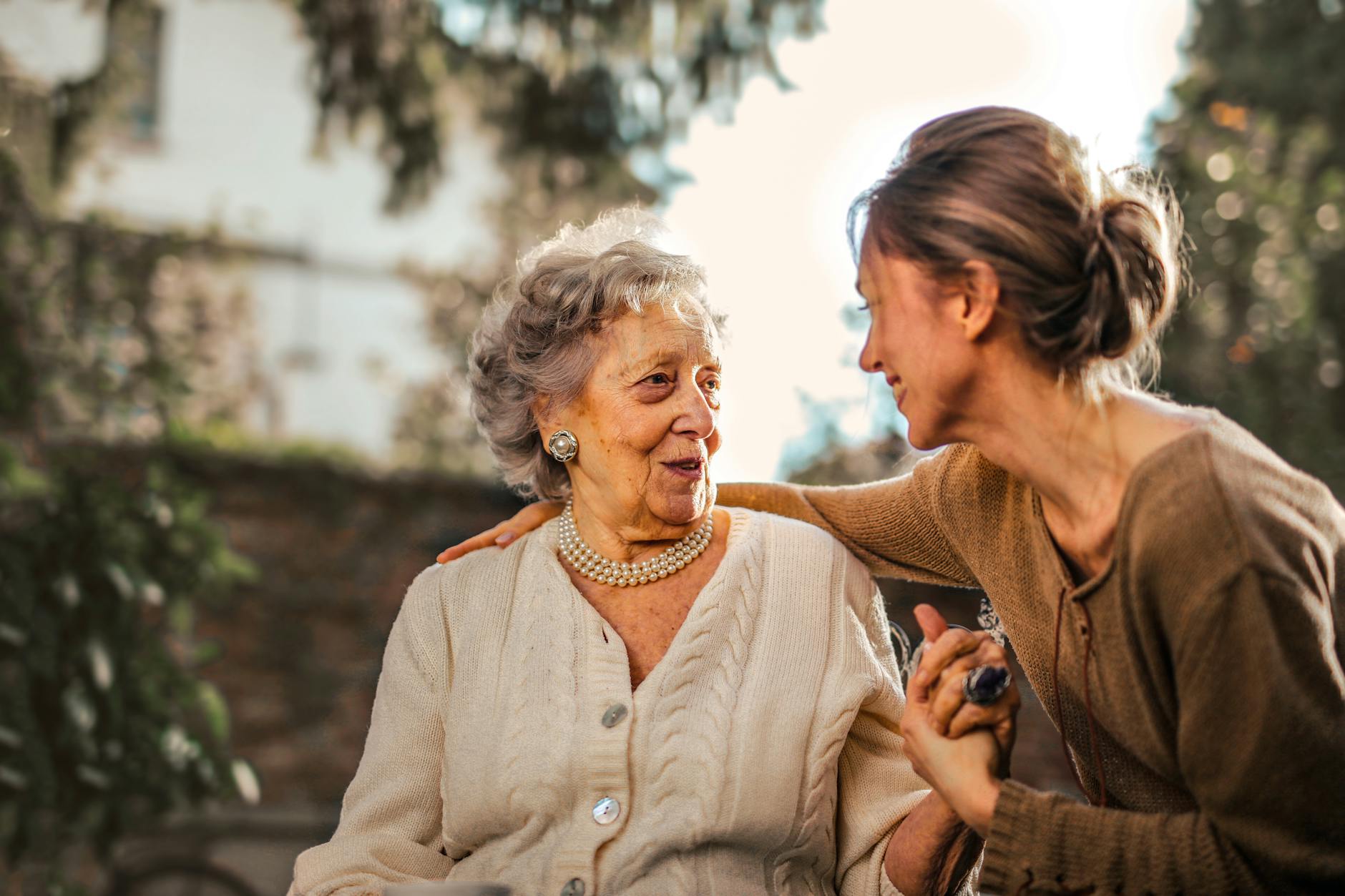Discover how Singaporean families are adapting to the trend of multi-generational living and the impact it’s having on their relationships.
 Image courtesy of Andrea Piacquadio via Pexels
Image courtesy of Andrea Piacquadio via Pexels
Table of Contents
Hey there, welcome to our blog where we’re diving into the fascinating world of multi-generational living in Singapore. In this post, we’ll explore how family dynamics are impacting housing trends and reshaping the way Singaporean families are choosing to live. Let’s get started!
The Changing Face of Singaporean Families
Singaporean families are evolving, and the traditional nuclear family structure is giving way to more varied and complex arrangements. With an aging population and shifting cultural norms, more families are opting for multi-generational living to provide support and care for their loved ones. This trend is not only driven by practical considerations but also by a desire to strengthen family bonds and foster closer relationships across generations.
Housing Challenges and Solutions
Accommodating multiple generations under one roof can pose challenges, from privacy concerns to space constraints. However, innovative housing solutions are emerging to meet the growing demand for multi-generational living arrangements. From inter-generational living spaces that cater to the needs of different age groups to assisted living facilities that provide specialized care for elderly family members, Singapore is seeing a variety of options for families looking to live together harmoniously. Chuan Park Kingsford is one such project that is very ideal for multi-generational living in District 19 of Singapore.
Benefits of Multi-generational Living
There are numerous benefits to multi-generational living, including increased support for elderly family members, shared financial responsibilities, and the opportunity to learn from and connect with family members of different ages. Studies have shown that multi-generational households experience lower rates of depression and loneliness among older adults and higher levels of overall well-being for all family members. This living arrangement can also be a source of emotional support, childcare assistance, and cultural preservation.
Impact on Real Estate Industry
The rise of multi-generational living is reshaping the real estate market in Singapore, with developers and architects adapting to meet the needs of these changing family dynamics. There is a growing demand for larger homes or multi-unit residences that can comfortably accommodate multiple generations, as well as communal living spaces that foster interaction and connection among residents. This trend is likely to influence future housing developments and urban planning strategies, as the demand for multi-generational-friendly housing continues to grow.
Conclusion
In conclusion, multi-generational living is not just a housing trend but a reflection of the changing dynamics of Singaporean families. By choosing to live together across generations, families are creating a supportive and connected environment that benefits everyone involved. As this trend continues to grow, we can expect to see further innovations in housing design and a greater emphasis on fostering strong family relationships. Stay tuned for more insights on how multi-generational living is reshaping Singaporean families and housing trends!